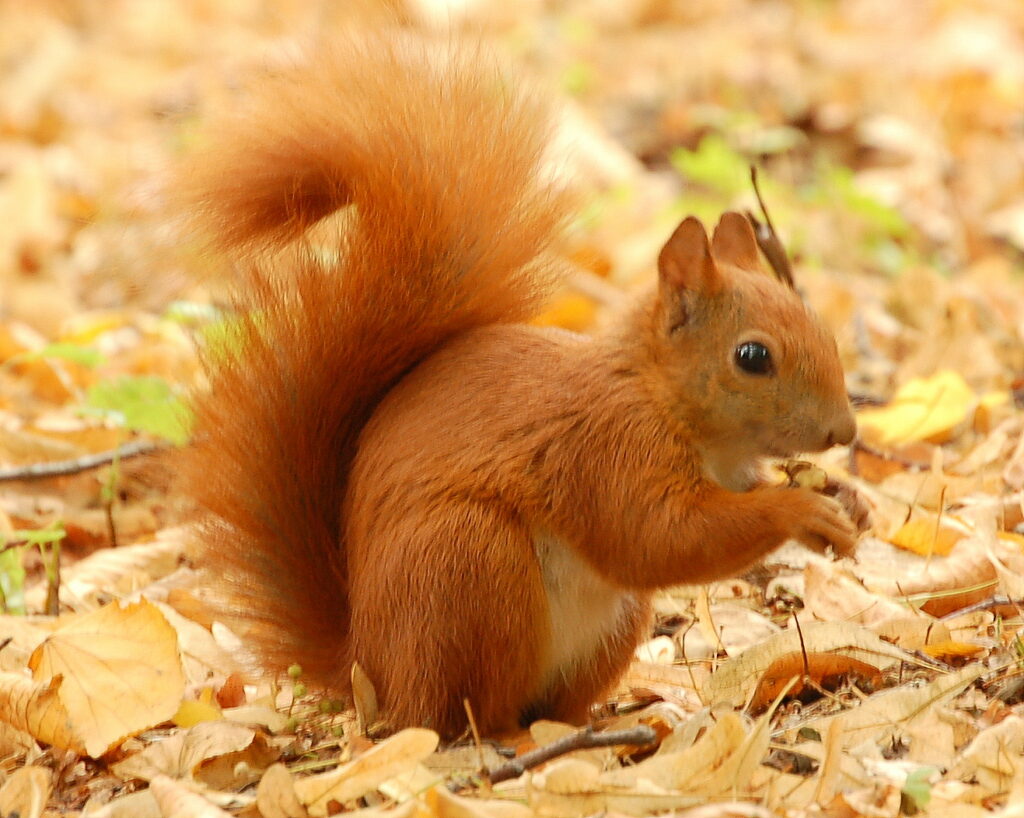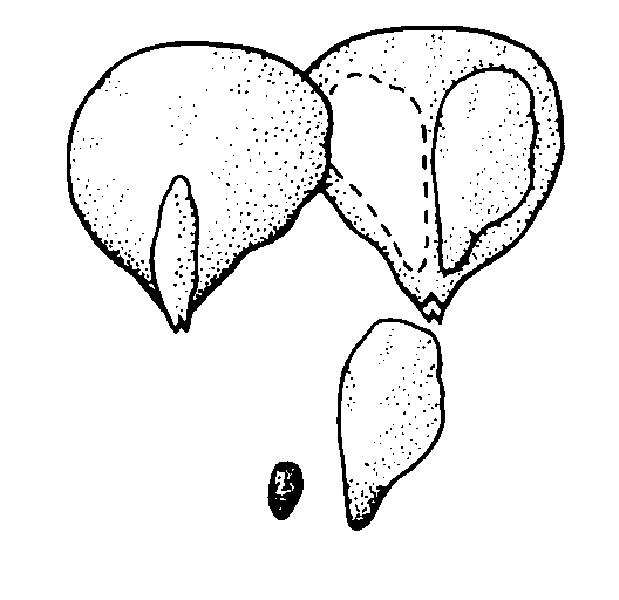
Out of the five native spruce species in Canada, the white spruce is the most widespread – and the most stinky! If you are wondering why this tree is considered a smelly spruce, look no further than the species’ common names – “skunk spruce” and “cat spruce.” These names come from the pungent and unpleasant smell of cat urine or skunk present when needles of young white spruce trees are crushed.
Despite the white spruce having a bit of a stinky reputation when it comes to tree IDs, it is a great species to add to your yard. Continue reading to spruce up your knowledge!
About the White Spruce Tree (Picea glauca)
White spruce trees are a long-lived, large, and medium-growth rate species, often living for 100 to 300 years and reaching 60 to 130 feet at maturity. They are widespread throughout Canada, other than the Pacific coast (which, interestingly, is the only place where another native tree, the Sitka spruce, thrives).
The white spruce is tall, straight, and densely foliated. It is broadly conical with bushy branches that slope downward in the lower part of the tree. Their attractive appearance and dense foliage make them ideal for landscaping, hedges, and windbreaks.
This spruce species is hardy in growing zones 2 to 6 and does well in various soil types, including acidic, loamy, sandy, moist, well-draining, and clay soils. It often invades abandoned fields, earning another common name: “pasture spruce.” It thrives in full sun but can tolerate some shade. In addition, white spruce trees are quite drought-tolerant.
White Spruce Identification

White spruce trees can be identified by their bark, twigs, needles, and cones.
Trunk/Bark: Bark is light grey, smooth, and thin when young but darkens and becomes very scaly as it matures.
Branches/Twigs: Twigs of mature trees are hairless, but twigs of seedlings may be hairy.
Needles: Leaves are blueish-green with lines of white dots on all sides. They grow straight and stiff with a pointed tip that is not sharp. When crushed, needles of young trees release an unpleasantly pungent odor similar to cat urine or skunk.
Cones: Seed cones are 3 to 7 cm long, light brown, slender, and cylindrical with a blunt tip. Scales on cones are thin, flexible, and close-fitting.
Wildlife Value of White Spruce

Like other native spruce trees in Canada, white spruce trees provide high wildlife value in terms of food, shelter, and nesting sites for birds and mammals.
For example, white spruce seeds are an important food source for grouse, crossbills, nuthatches, finches, and grosbeaks. Rodents and squirrels also rely on the seeds for food. Porcupines and bears also eat the bark, while deer, grouse, and rabbits seek shelter in the white spruce’s dense foliage.
Did you know? If you come upon a heap of unopened white spruce cones on the forest floor, you’ve discovered a red squirrel’s stockpile! Leave it as you found it, as your squirrel friend will return later to collect their stashed snacks!
Harvesting Seeds from White Spruce Trees

Similar to red spruce, the easiest way to start growing white spruce in your nursery beds is to transplant very young saplings from places where they are unwanted. If your neighbour has a pasture they have not farmed in a while, this would be an easy place to start digging up small plants! However, you can also grow white spruce successfully from seeds that you harvest or purchase.
To harvest white spruce seeds, keep an eye on the mature cones in late summer. Harvest them before they open and drop all their seeds.
Once harvested, white spruce cones can be placed into a paper bag and stored in a dry location. Once dry, they will open naturally and release their seeds!
You can then stratify and germinate the seeds by following the same process for red spruce before planting them in your nursery bed. In time, you will have beautiful, tall, and long-lived trees for many generations – and many native wildlife species – to enjoy.
Learn More About Trees and Forest Restoration
Do you have an interest in restoring the Acadian Forest and supporting native species? Then you’ll love our collection of Forest Restoration Nurseries resources – brought to you by the Knowlesville Art and Nature Centre and The Tree Project! You will also find our free Community Nurseries guide helpful for establishing nursery beds and growing native trees and shrubs.
Stay in the loop on our upcoming events and learning opportunities by following us on Facebook and Instagram!
